It took a “photo a day” challenge with 365project.org to help me become a better photographer. Before I had joined this group ten years ago, I was not really pushing myself to get one good photo per day. Believe it or not, getting one good photo per day is not as easy as it sounds. It is easy to do “happy snaps”, but to get a photo with interest and meaning is not quite so easy. Photography is not just about taking photographs, it is about choosing a life of curiosity, exploration, and wonder and it all starts with developing an eye to see things from a different perspective.
Every picture should tell a story in its own unique way. Understanding the rules of composition helps a lot, whether you keep them or break them. Its important to develop a deep understanding of light, how it works, how to capture it and how to use it creatively. Think creatively! The best DSLR camera in the world will not give you extraordinary results unless you pursue it creatively. So, lets look at a few tips & techniques I use.
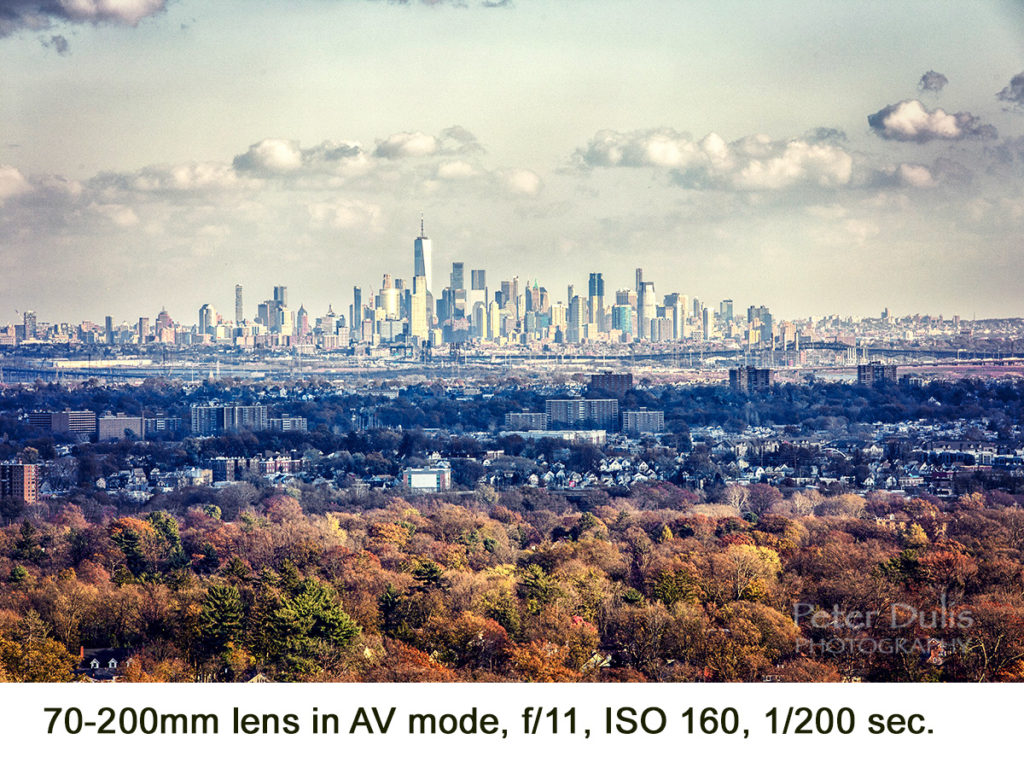
Research Your Location
It all starts with a creative vision. Before going to a location, I research the area to see what might interest me about this location. I use a Photographers Ephemeris app to help me see how the light will fall on this location. A program of this sort is invaluable. It will allow you to see the exact direction of the sunrise and sunset on a map in order to plan out your shoot.
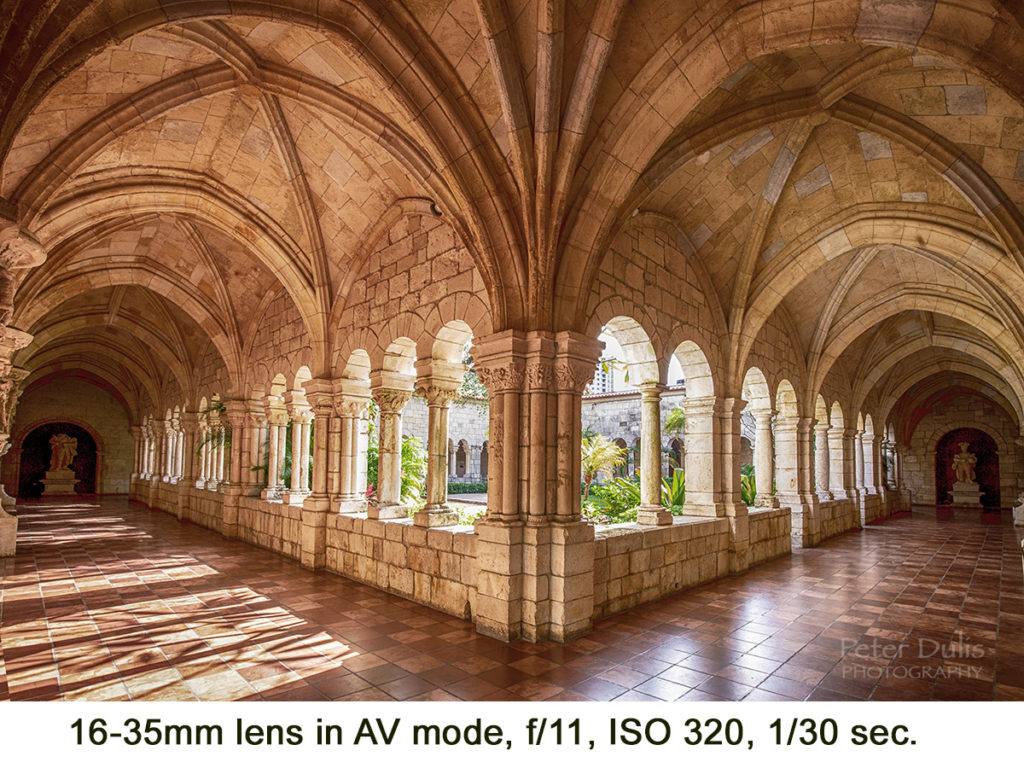
Composition is Key
Composition is the foundation of any good photograph. A good photographer arranges the visual elements within their frame to tell a story. Rules of composition may include using the “rule of thirds,” creating depth with “leading lines”, “focusing to fill the frame”, choosing a “suitable depth of field”, or perhaps using diagonal lines to add energy. You can look up these “rules of composition” online and practice using them in your photographs. This is a great first step for beginners.
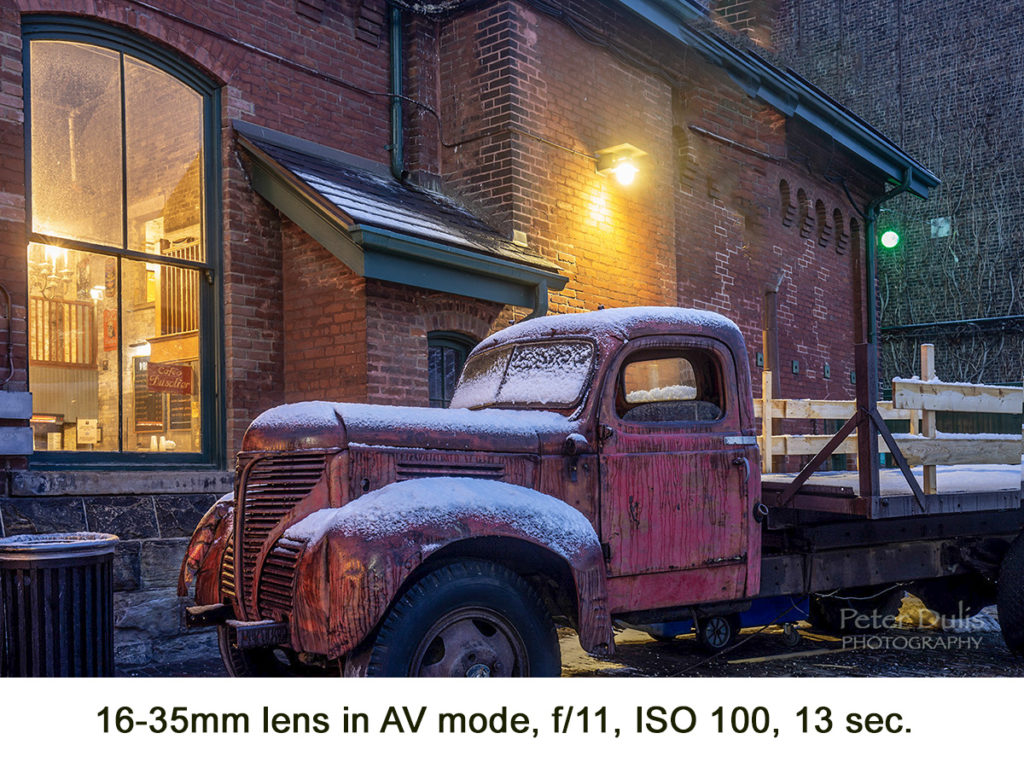
Light is Critical
As mentioned, lighting is all important. It can make or break a photograph. It is important to watch your camera’s histogram to make sure you have good highlight and shadow detail. Go too bright or too dark and the image will be spoiled and hard to work with afterwards in post production. If the light is not right when you get to your location, you are best to scout the area and come back another day when the light is better. Also try taking photos from different angles. Zoom in and zoom out, try different lenses. You will notice that you get very different effects by doing this.
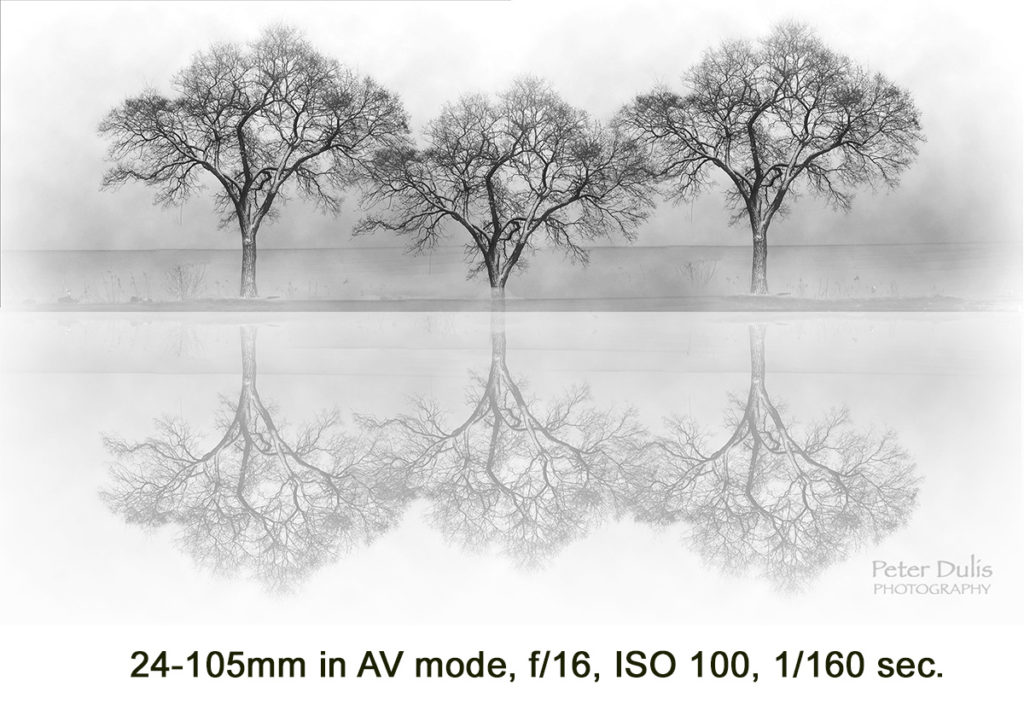
Toning for the Mood
You can create a unique mood just by toning an image. Whether the image is monochrome or color, you can create something unique by toning. I like to do this in Photoshop afterwards, using the NIK filters, but there are many on-line programs, like PicMonkey, that can do this for you as well. Play around with different effects and you will be surprised at the results.
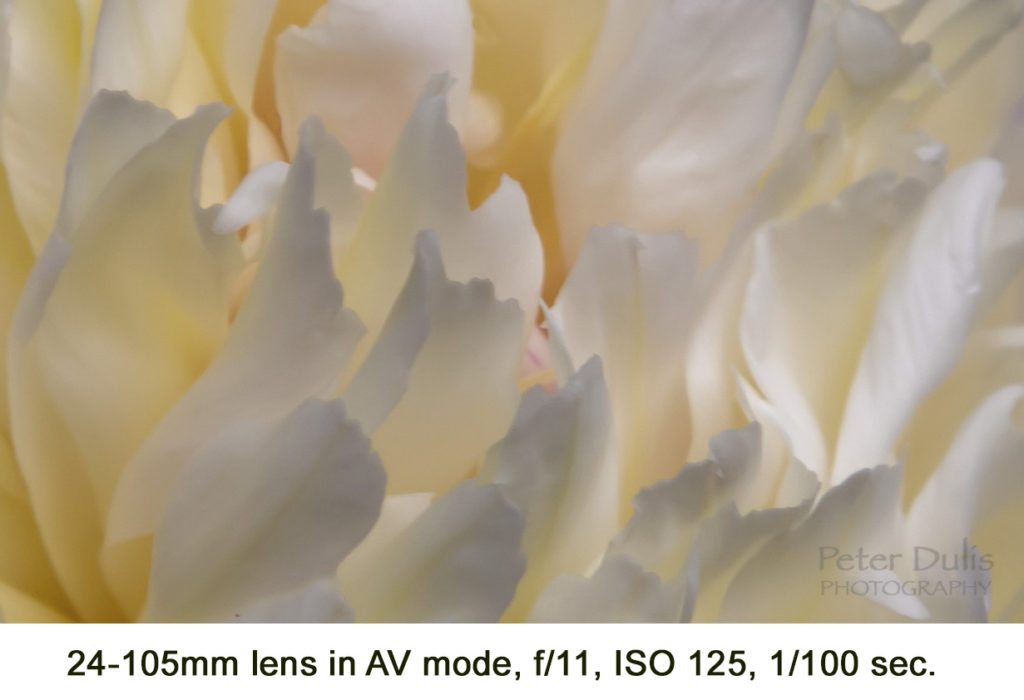
Get Close Up
Get close to your subject to capture the finer details. I love the abstract look that can be created with a macro lens. If you have access to a macro lens, hunt around your back yard for something interesting. Subjects take on a whole new perspective when you get close. Practice taking a photo of something ordinary and boring, and make it look exciting. Try photographing the subject from all angles. Like anything, seeing new visual elements takes time can only happen through practice.
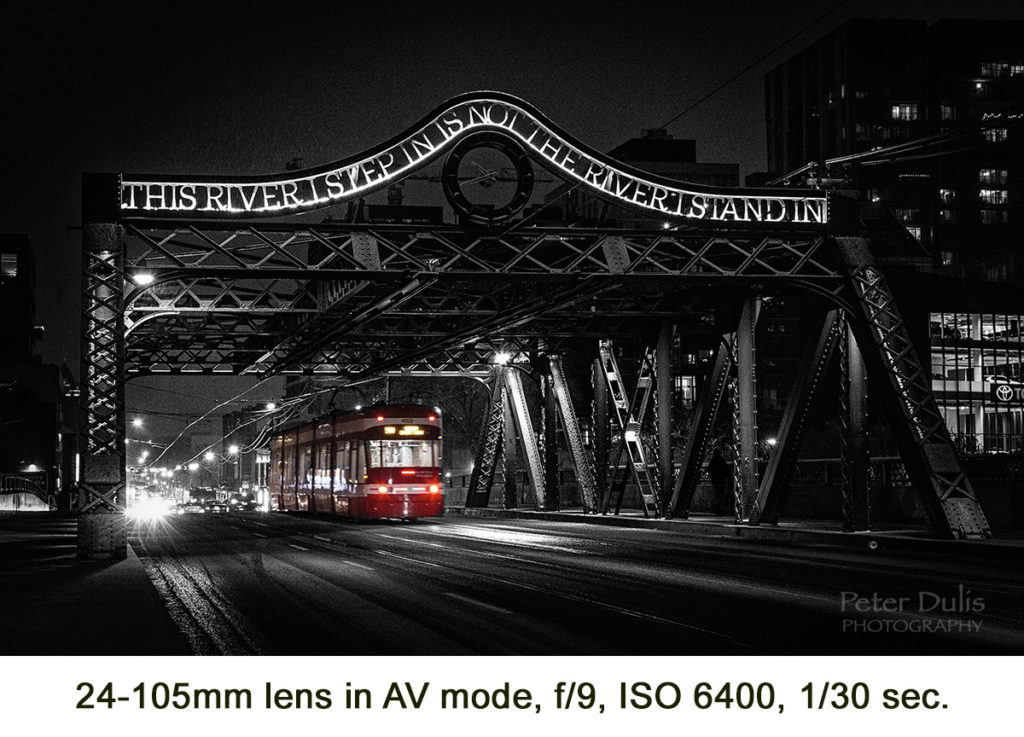
Selective Color Effect
Selective color is a photo editing process that highlights one color in an otherwise monochrome image. That tends to make the color pop right out in the photograph. It is not a technique that is applicable to all photographs, but for some, it can work well. In this photo you can see how the streetcar pops right out of the night scene.
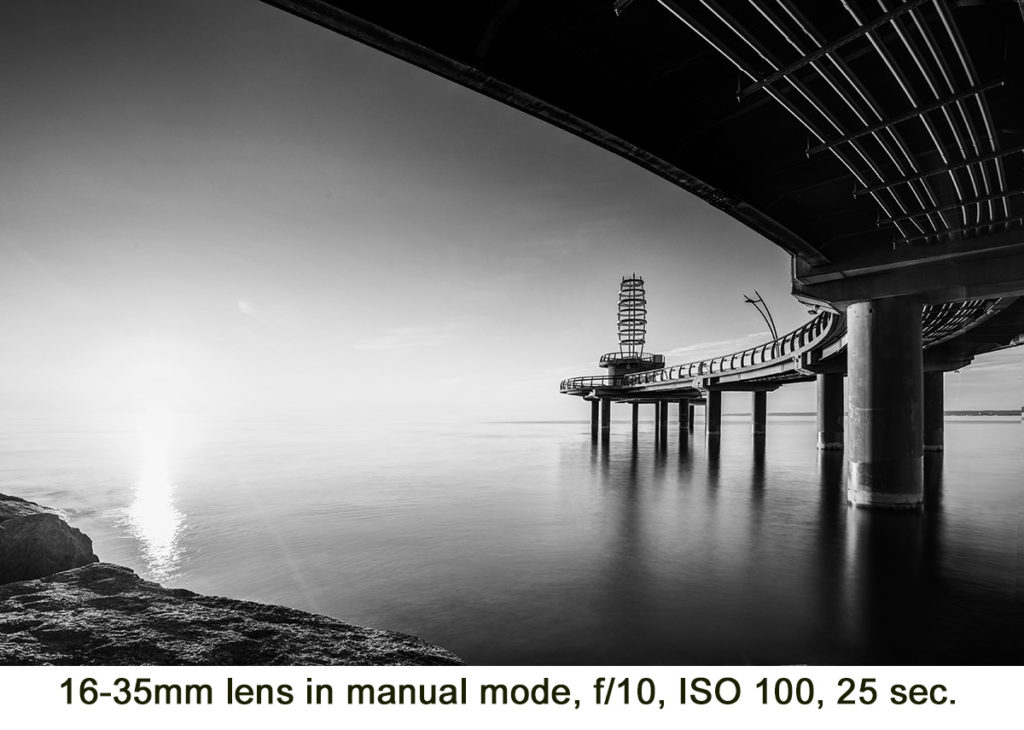
Perspective Depth
You use perspective in your photographs to create a sense of depth. Perspective not only makes a photo more interesting; it allows the viewer to be drawn into the photo. You must pay close attention to the foreground, middle ground, and background. Depth of field becomes all important here. There is no right way nor wrong way to convey your images, you just need to look for that unique angle to bring out the geometric shapes. Leading lines are one of the most popular visual techniques photographers use to create perspective. Try out different lenses when experimenting. I like to use a wide-angle lens to capture sweeping scenes of a landscape, but a telephoto lens will give you quite a different effect as you can compress an image and make the background appear larger.
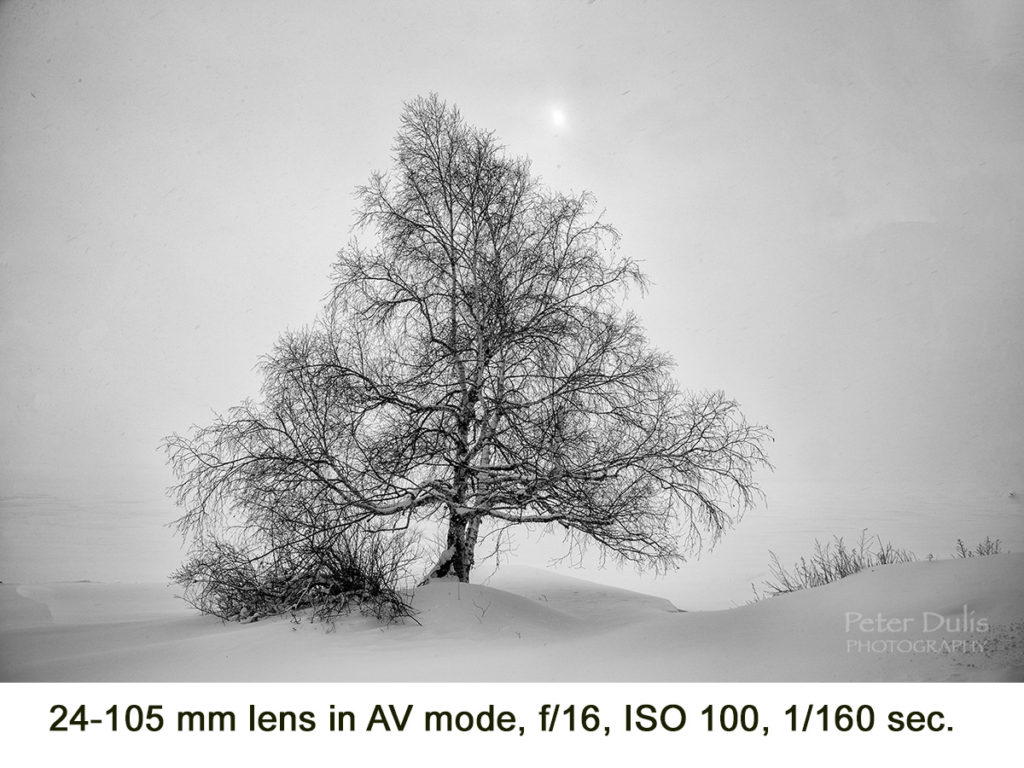
Minimalism
In minimalist photography, the key is to keep things simple. Minimalist photography is all about showing only a few elements in the composition. The less, the better. It is about focusing the viewer’s eye on a singular subject without distraction, allowing the viewer space to use their own imagination to read into the story. The “rule of thirds” can play an important role in making a good minimalist photo. Experiment and see what draws you into the photo.
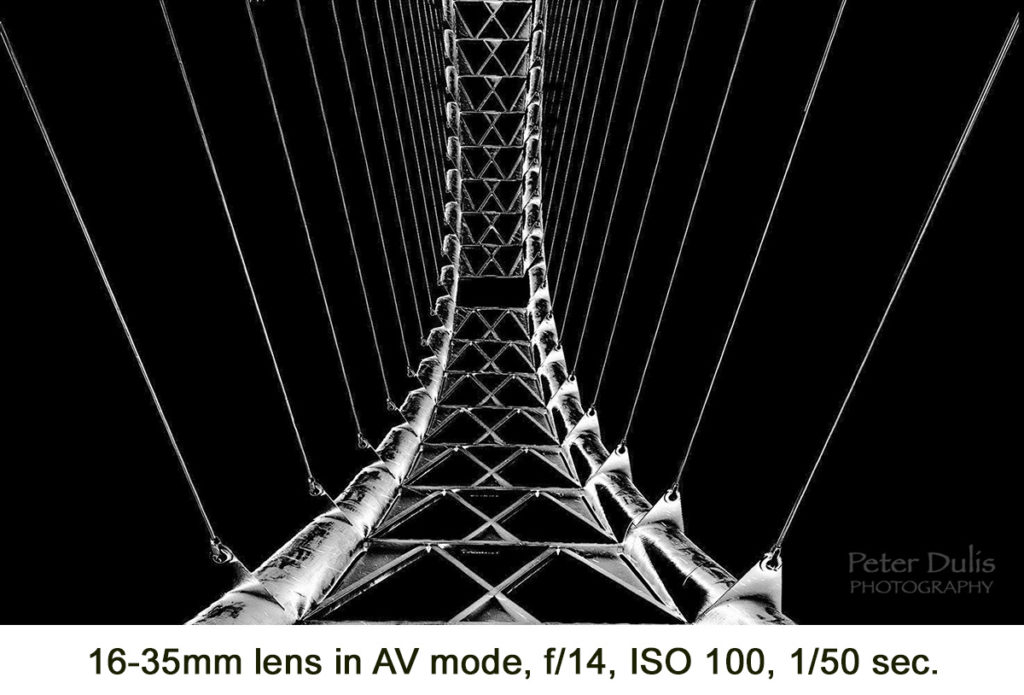
Monochrome View
Monochromatic photography is a type of photography that uses a single color or tone. This style of photograph is a sure-fire way to make your images appear more dramatic. Monochrome photography is not a realistic representation of the world, yet it is more artistic and dramatic when used correctly. This kind of photography is all about tonal contrast, so light becomes critical. Some of the best subjects for monochrome photography are those with interesting textures, patterns, lines, and shapes. Some people may prefer to adjust their camera to shoot in monochrome, but I like to shoot in color and then convert the images later to monochrome in Photoshop. I think this gives me more control over gray tones. Either way, it is your choice and the objective stays the same.
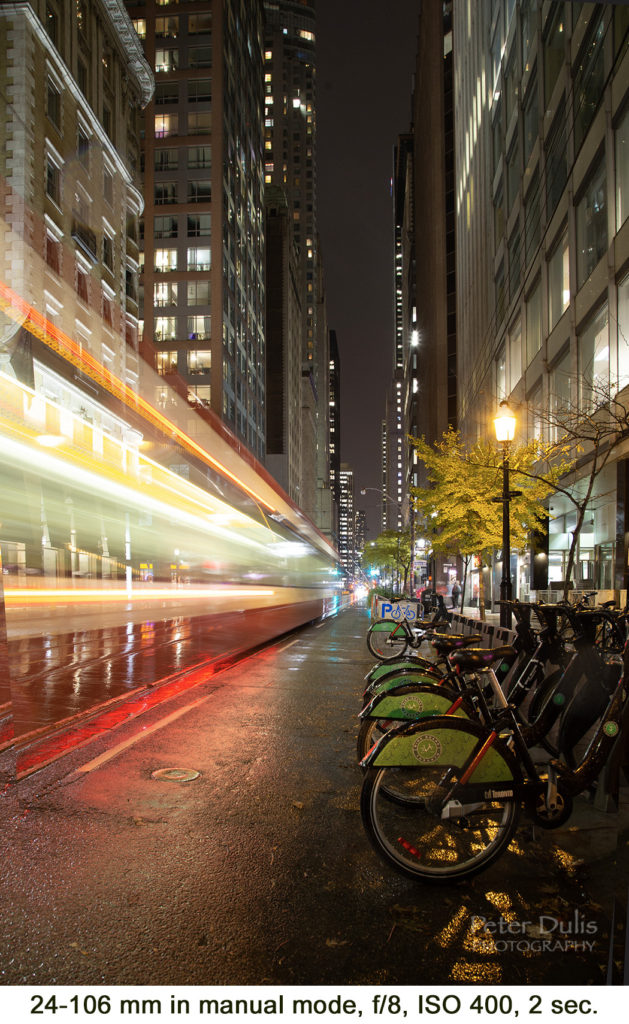
Slow it Down
You can get quite creative using a slow shutter speed. You will need a steady tripod to avoid camera shake and it will take a bit of experimentation to get it right, but keep your eye on the camera’s histogram to order to dial in the correct exposure and yet retain good highlight and shadow detail. The exact shutter speed will depend on how fast the object is moving.
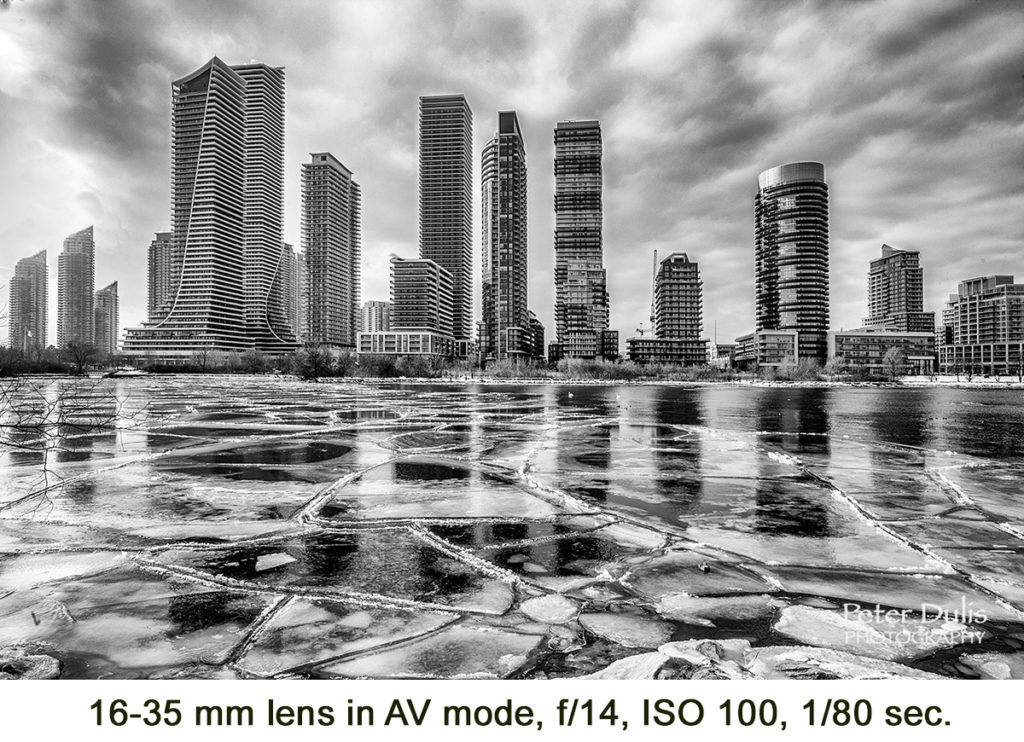
Patterns & Textures
The eye is naturally drawn to patterns & textures. If you want to add a new dynamic to your photography, look for these patterns and textures. You can find them everywhere. They will add depth to your images and take them to a new level. Pay attention to the angle of the light falling on a texture, it will help to add a new dimension.
Happy Shooting!
About the Author
Peter Dulis is a Canadian photographer and visual storyteller living in Toronto, Ontario. His work has been published in several magazines such as Graphic Arts Magazine, Visual Wilderness, Luminous Landscape, Photo News and has been recognized for photography excellence.
Peter shares many of his tips and techniques in his monthly newsletter – PhotographyAdventures.ca and PeterDulisPhotography.com

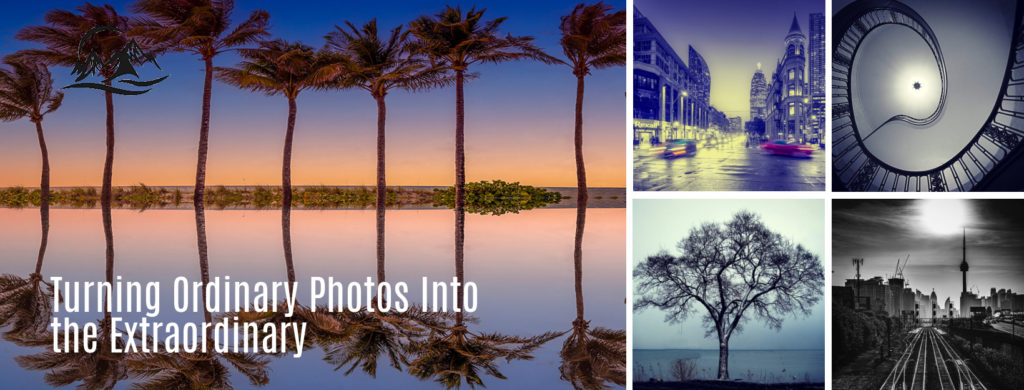
10 thoughts on “<strong>Turning Ordinary Photos into the Extraordinary</strong>”
I really enjoyed your photographs and so appreciate you sharing your tips on how to improve. I will definitely try to implement these in my photography.
Thanks Cindy for the kind comments – so happy the tip are helpful 🙂
Bravo Pierre photos superbes, Il faut tout un voyage d’expérience et de connaissance pour en arriver à
ces super résultats, merci de nous les faire partager . un ancien Photographe. Antoine.
Thanks Antoine for the encouraging French comments 🙂
Amazing photography, Peter. It takes a lot of training and practice to come to this level. Well done.
Thanks so much for the kind words 🙂
Excellent tips. I hope you will see the effect in my photos on my 365project.org page.
Thanks Jan for your feedback – look forward to seeing your photos 🙂
Great info and examples .. thanks .
Thanks Sue – happy that the tips were helpful 🙂